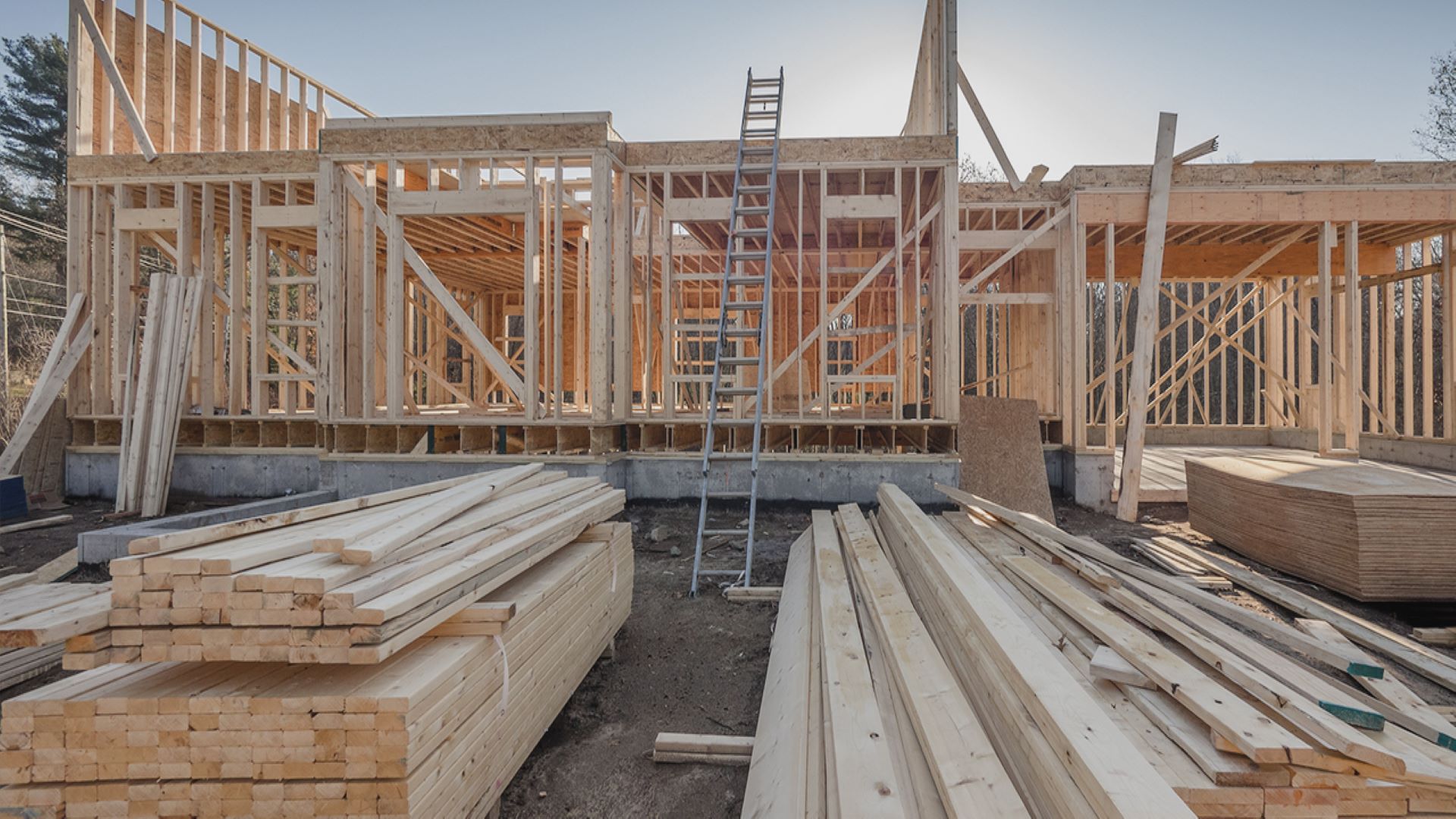Category: Development and Construction

Property Development Fund Flows and Sector Risk
By now, most property developers will be well aware of the credit crunch sweeping through the development finance sector. With limited funds at their disposal, development finance lenders are allocating funds on a preferential basis with a focus on existing client relationships – at the same time, lending criteria is adjusting. Lower LVRs and higher […]

Insurance and risk mitigation
As a builder or developer, you will know that working in construction means being vulnerable to all kinds of risks, many of which can result in compensation claims or financial loss. The inherently unpredictable and dangerous nature of the work means that you, your employees, sub-contractors, and members of the public are all vulnerable to […]

Navigating a Construction Boom
Property development has been thriving over the past 12 to 24 months. Low interest rates and insatiable demand for housing (from investors and owner-occupiers alike) has spurred one of the most significant construction booms since the 1970s. The industry that was hit hard during the GFC appears to have now fully recovered with a strong […]

Residual Property Valuation – What to Know as a Property Developer
Property valuation is a critical skill that all property developers need to learn. Basic principles of valuation are used when putting together a project feasibility, which is the starting point for many developers when assessing the viability of a new project. The resulting feasibility will dictate the price one can pay for the land, based […]

Managing the risks of cost escalation
The Knight Frank Global House Price Index shows that global house prices lifted 7.3 per cent in the year to March 2021, and New Zealand had the second fastest growth globally with a 22.1 per cent increase. Property developers looking to take advantage of the favourable market conditions have ramped up residential building activity with […]

Rates and fees in the Development Finance Lifecycle
Property Finance in New Zealand “What are your rates and fees?” is perhaps the most frequently asked question by clients approaching ASAP property finance specialists for a construction loan. However, many developers do not take the time to consider how these costs are incurred over the life cycle of the property development project. Unless you […]

A Property Developer’s Guide to the National Policy Statement on Urban Development 2020
New Zealand recently adopted a major change in urban environment planning that is expected to lead to significant upturns in the world of property finance. Gazetted on July 23rd and pushed into effect on August 20th of 2020, the National Policy Statement on Urban Development (NPS-UD) is an evolution on previous government documentation surrounding development […]

Breaking Down Loan-to-Cost Ratios in Development Finance
There are two key components to any initial loan assessment for development finance: a loan-to-value ratio (LVR) and a loan-to-cost ratio (LTC). Both are mathematical formulae, and both contribute to the success of your application. We have discussed LVRs in a previous blog post. Here, we break down the intricacies of its counterpart: LCRs. If you’re readying yourself to apply for development […]

What Unconventional Monetary Policy Means for Investors
COVID-19 has caused widespread disruption across global markets resulting in job losses and economic hardship. In response, countries across the globe have been implementing economic policy to soften the blow of the current crisis. In New Zealand, the Reserve Bank’s response was swift, immediately lowering the OCR from 1% to 0.25%, and announcing (what would […]

Market Update and Impact of General Election
The past few months have been a wild ride for those involved in Property Finance. It was only a few months ago that NZ was reeling from nationwide lockdown and mainstream economists were predicting house price declines between 7 and 15 per cent. However, the New Zealand housing market has fared far better than expected, and many economists and lending institutions (including the RBNZ) are now having to revise their forecasts upward. It would seem that the strength of the government’s fiscal […]